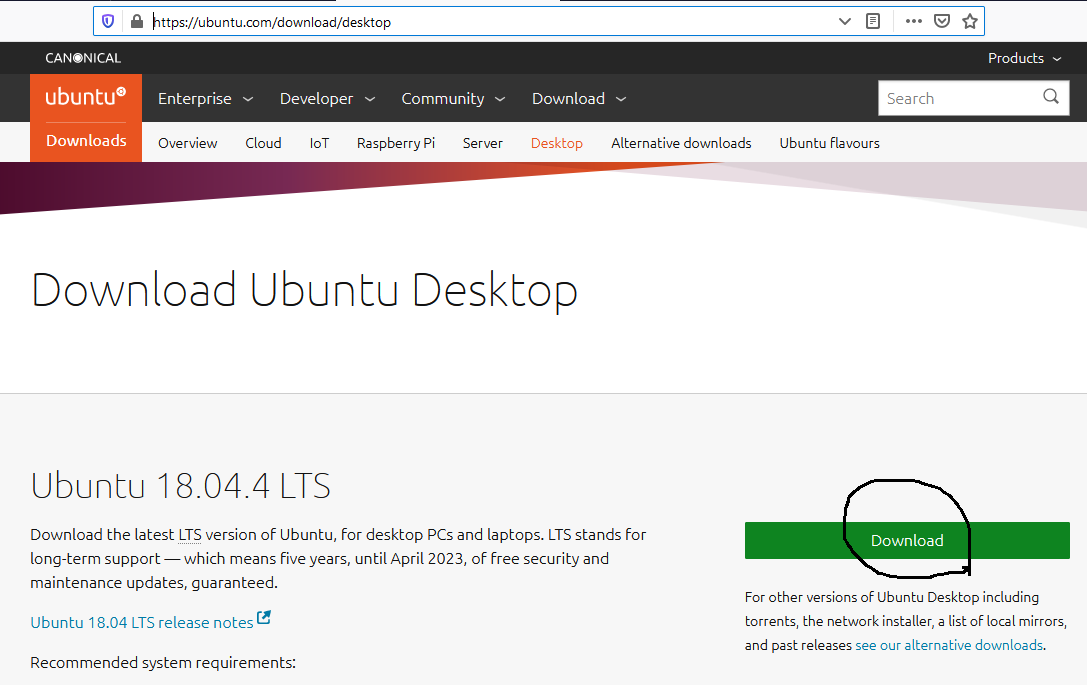

- Ubuntu vmware for windows and mac install#
- Ubuntu vmware for windows and mac full#
- Ubuntu vmware for windows and mac software#
Some examples of Type 1 hypervisors include Hyper-V, Xen, and OpenVZ.
Ubuntu vmware for windows and mac software#
A Type 1 hypervisor, instead, is “host software that runs on what’s now known as ‘bare metal.' ” This essentially means that it runs on a computer without an operating system. This product is a Type 2 hypervisor, so it’s a virtualization host software that runs on an already established operating system as an application.
Ubuntu vmware for windows and mac full#
It’s open-source, hence it’s free price tag, and has a large number of features to back it up.Īccording to their website, VirtualBox is “a general-purpose full virtualizer for x86 hardware, targeted at server, desktop, and embedded use.” And although this list is specifically for Windows computers, it’s nice to note that it’s also available on Mac and Linux machines. VirtualBox has passed through a few different hands but is now owned by Oracle. What’s better than great, functional software? Functional and free software. So, let’s take a look at the top OS virtual machine applications for Windows computers. This can potentially save you quite a bit of money by running multiple servers virtually on one computer. One of the most used instances of this is to test software or applications in a different environment, rather than on a different computer. So, operating system virtualization allows your computer’s hardware to run many operating system images simultaneously. As most of you likely already know, virtualization means creating a virtual version of things, such as network resources or storage devices.
Ubuntu vmware for windows and mac install#
VMware Remote Console and VMware Workstation cannot be installed on the same computer.īecause VMware Remote Console and VMware Workstation share some components in common, it is not possible to install both on the same Linux machine.Using virtualization software to run different operating systems on one computer has become very popular in today’s technological world, and with good reason.These specific operations are present in the documentation. For example, you cannot add new devices or display sound card settings. When you access virtual machines using the VMware Remote Console macOS client, you cannot perform certain device operations. Some device operations are not supported on macOS.Workaround: Manually unmount the mass storage device from the host operating system before initiating passthrough in VMware Remote Console. When a mounted mass storage device passes through a remote virtual machine, the VMware Remote Console macOS client may freeze for several seconds. The VMware Remote Console macOS App Store client may be slow when performing passthrough on a mass storage device.This issue has been resolved in this release. When you connect a virtual machine with tools installed by the VMware Remote Console Linux client, the initial window size will reset to 700x482 regardless of the guest screen size set previously. The initial window size gets reset to 700X482 after connecting to the virtual machine.The resolved issues are grouped as follows.

You can install VMware Remote Console 12.0 on the following host operating systems: vRealize Automation 8.0 is not compatible with any version of VMware Remote Console.VMware Remote Console 12.0 requires direct access to port 443 on ESXi hosts.

You can use VMware Remote Console 12.0 to connect to virtual machines in vSphere, vRealize Automation, and vCloud Director.

This release of VMware Remote Console includes the following changes: The release notes cover the following topics: Build 17287072 | Mac App Store Build 17283634Ĭheck for additions and updates to these release notes.


 0 kommentar(er)
0 kommentar(er)
